
For thousands of years, steel has been used to make or do just about whatever we ask of it, from ancient suits of armour to modern skyscrapers. It has been mass produced since the mid-19th century, and global production of this most ubiquitous of materials currently stands at more than 1.4 billion metric tonnes per year.
Although all steel consists primarily of iron and carbon, it has an almost infinite variety of properties, depending on the type or amount of other elements added to the mix, or the temperature at which the steel is produced. This complexity makes steel extremely versatile, but also very difficult to understand and to design from the atomic level.
Professor Harry Bhadeshia of the Department of Materials Science and Metallurgy has spent the past three decades researching the nature of steel to develop new alloys for a range of applications. One of these alloys, super bainite, has been licensed to Tata Steel and is currently being manufactured in the UK by the company for use as super-strong armour for military vehicles, as well as for other applications.
Bainite is a microstructure that forms when austenite, a high-temperature phase of steel, is cooled to temperatures between 250 and 500°C. The structure of austenite transforms as it cools, when slender crystals of iron incorporate themselves into the structure, and carbon compounds known as carbides form. The resulting bainite structure is very hard, but the carbides make it brittle and prone to cracking.
Working in collaboration with Professor Peter Brown of the Ministry of Defence (MoD), Bhadeshia and Dr Francisca Caballero in the Department of Materials Science and Metallurgy set out to refine and enhance the properties of bainite, originally for use in gun barrels.
Using precise modelling, they determined that there is no lower limit to the temperature at which bainite can be produced. By heat-treating it at temperatures around 200°C – closer to those that are normally used for baking cakes rather than for manufacturing steel – for 10 or more days, a new form results: super bainite. In addition, by adding elements such as silicon and molybdenum, carbides and harmful impurity phases are prevented from forming in the steel, reducing the likelihood of cracks.
Super bainite is strong – very strong. With a tensile strength of some 2.5 gigapascals, just one square metre can support a weight equivalent to the weight of 2.5 billion apples. It has a higher density of interfaces than any other type of metal, and is the world’s first bulk nanostructured metal.
The strength of super bainite derives not only from the lack of carbides, but also from the tiny size of the iron crystals within its structure. Most types of steel are made up of very fine crystals: the smaller and finer the crystals, the stronger the resulting steel will be. The crystals in super bainite are between 20 and 40 nanometres thick, comparable to the width of carbon nanotubes. In comparison, the crystals in conventional bainite are between 200 and 500 nanometres thick.
“The size of these crystals means that the steel is very difficult to deform, resulting in a more perfect structure,” said Bhadeshia. “And because of the very slow cooking process, which is actually quite simple, we can make the steel in very large quantities at low cost.”
The cooking time resulted in a product with highly desirable characteristics, but the long wait meant that super bainite was only suitable for certain commercial applications. Supported by funding from the Engineering and Physical Sciences Research Council and the MoD, Dr Carlos Mateo (also from Cambridge), Brown and Bhadeshia set out to accelerate the process. Through the use of kinetic and thermodynamic modelling, they found that by tailoring the composition of super bainite and heat-treating it at slightly higher temperatures, up to 250°C, it could be manufactured in a matter of hours rather than days, without any significant loss in performance.
In 2011, super bainite was licensed to Tata Steel, one of the world’s largest steel producers. Tata is now manufacturing the material at its facility at Port Talbot in South Wales, which is the first time that high-carbon steel has been manufactured on a large scale in the UK for 20 years. It is currently available commercially for civil applications such as automated teller machines for dispensing money, and as super-strong armour for use on military vehicles, under the name Pavise™.
Brown and his colleagues at the MoD’s Defence Science and Technology Laboratory at Porton Down determined that, counter-intuitively, perforations bored into super bainite made it even more capable of protecting vehicles from projectiles.
“The ability of perforated super bainite steel to resist projectiles is at least twice that of conventional monolithic rolled homogeneous armour,” said Brown. “By introducing perforations into the steel, we create a large number of edges, which interrupt the path of incoming projectiles.”
Super bainite’s enormous strength makes it ideal for these types of applications, where strength and toughness are paramount. In addition to defence applications, there are spin-off high-carbon alloys for which the demand in Europe is up to 400,000 tonnes each year, for items such as springs, bearing cages and hand tools, where hard and thin sheets of steel are required. About 80% of these high-carbon steels that are being manufactured in Wales are now exported to markets worldwide.
“In addition to its superior ballistic properties, Pavise™ is manufactured in a far simpler way than other commercially available ballistic armour, and its performance comes from its unique properties,” said Kevin Edgar, Head of Marketing, Engineering Sectors at Tata Steel. “Other armours have long lead times owing to complex production routes, whereas we can produce this product alongside regular production runs, which means we can react more quickly to what the end users require and work with them – this flexibility gives us a real advantage.”
The researchers in Bhadeshia’s group are now working with their partners in industry to address super bainite’s main weakness which, ironically, is its strength. “As it is so strong, super bainite cannot be welded, so it cannot be made into very large structures where pieces need to be joined together,” he said. “We are again working with MoD to further refine the structure so that it can be welded, without losing the characteristics that make it such a unique and high-performing material.”
A long-term collaboration between the University and industry has resulted in a super-strong form of steel, which is now being manufactured in the UK for use as stronger and cheaper armour for front-line military vehicles.
The text in this work is licensed under a Creative Commons Licence. If you use this content on your site please link back to this page. For image rights, please see the credits associated with each individual image.






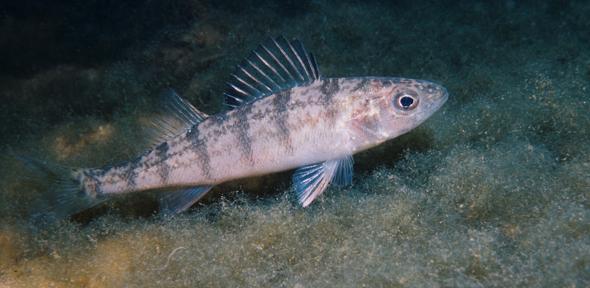
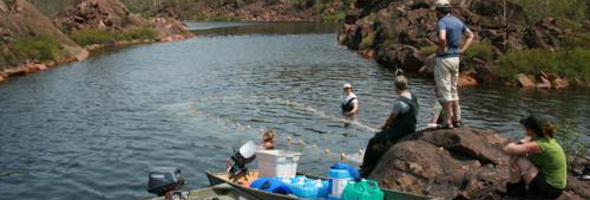
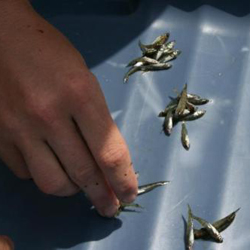



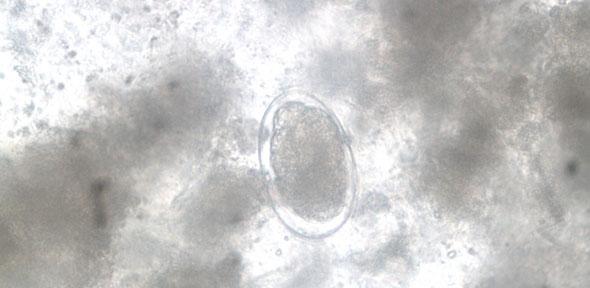


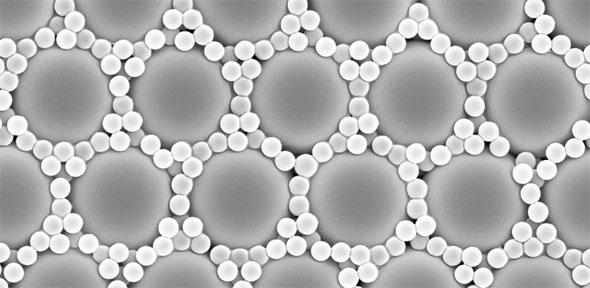
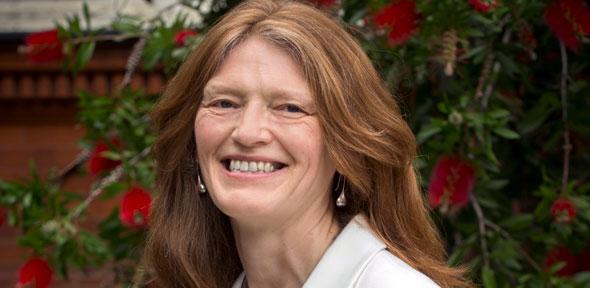


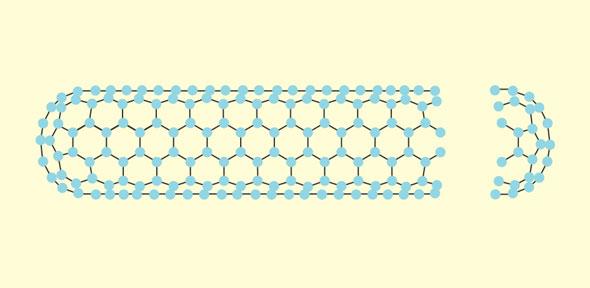


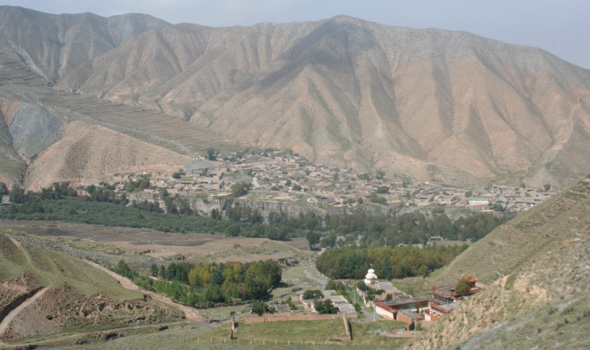
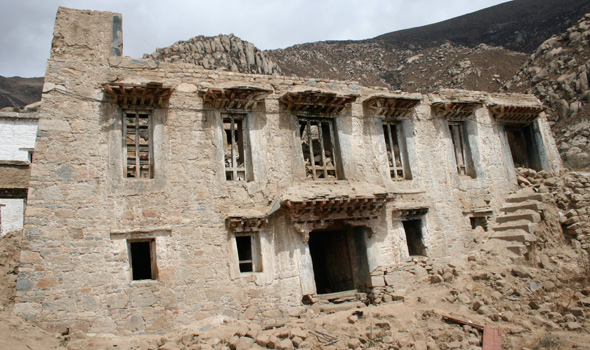
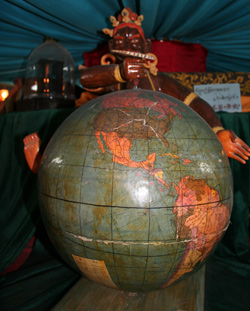








 Wadi el Obeiyid Cave, in the Farafra Oasis, which was first investigated by Barich in 1995.
Wadi el Obeiyid Cave, in the Farafra Oasis, which was first investigated by Barich in 1995.
